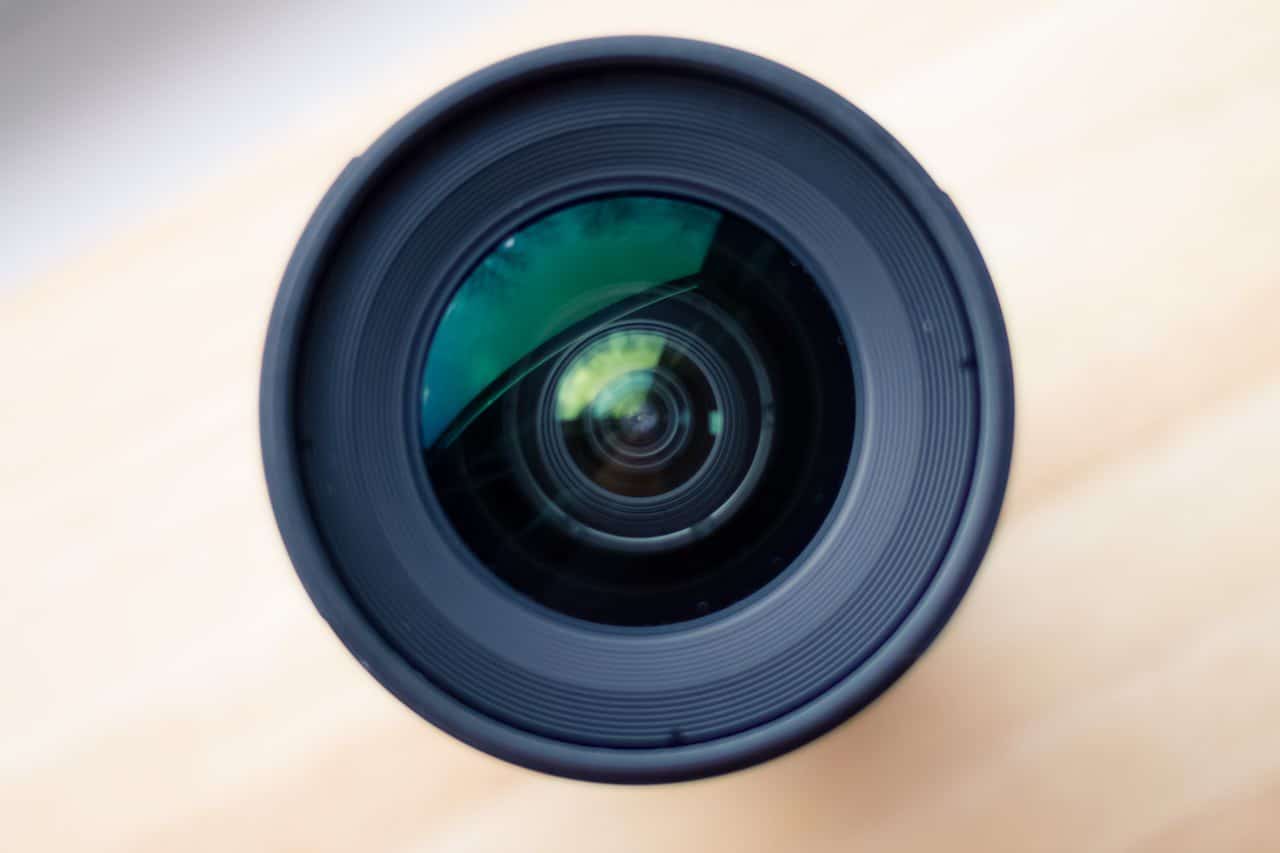TL;DR Why aperture is important in photography: Aperture controls the amount of light reaching the image sensor, thus directly impacting the image exposure and what ISO and shutter speed you need. The aperture is one of three parts of the exposure triangle.
When it comes to photography, there are a lot of technical terms to learn, and aperture is one of them. Understanding the importance of aperture in photography can set your images apart and give you more control over your photos. In this blog post, we’ll discuss why aperture is crucial in photography, compare it with ISO and Shutter Speed, explain how aperture affects bokeh and depth of field, and suggest the best aperture size for different situations.
By the end of this post, you’ll have a better understanding of how aperture works and how you can use it to create stunning photos.
Why Aperture is Important in Photography

The aperture is the opening in the lens that allows light to enter the camera. The size of the aperture is measured in f-stops, and its value affects the amount of light that reaches the camera sensor. The aperture also controls the depth of field and bokeh, which are crucial elements of photography.
Depth of field refers to the distance between the nearest and furthest objects in focus, while bokeh is the quality of the blurred part of the image.
By choosing the right aperture size, you can control the depth of field and bokeh and achieve the desired effect in your photos.
Aperture versus ISO and Shutter Speed
Aperture is one of the three pillars of photography, the other two being ISO and shutter speed. ISO refers to the sensitivity of the camera sensor to light, while shutter speed controls the duration of time that the sensor is exposed to light.
These three elements work together to create the exposure of the image. Aperture affects the amount of light that reaches the sensor, while ISO and shutter speed affect the brightness and sharpness of the image.
By understanding the interaction between these elements, you can adjust them to create the desired effect in your photos.
How Aperture Size Affects Bokeh and Depth of Field
The aperture size affects bokeh and depth of field in different ways. A wider aperture (lower f-stop value) creates a shallower depth of field, which means that the foreground or background of the image will appear blurred. This effect is useful for separating the subject from the background and creating a sense of depth and dimension.
A narrower aperture (higher f-stop value) creates a deeper depth of field, which means that more of the image will appear in focus. This effect is useful for landscape and architectural photography, where you want to capture the detail of the scene.
What Aperture Size is Best?
The best aperture size depends on the situation and the effect you want to achieve. If you’re shooting portraits, a wider aperture (f/1.8 or lower) is ideal to create a shallow depth of field and blur the background. If you’re shooting landscapes, a narrower aperture (f/8 or higher) is better to capture the entire scene in focus.
If you’re shooting in low light conditions, a wider aperture can help you to capture more light and avoid using a high ISO or slow shutter speed. Experimenting with different aperture sizes is the best way to learn how to use aperture effectively and create stunning photos.
Conclusion
Aperture is an essential element of photography, as it controls the amount of light that reaches the camera sensor and affects depth of field and bokeh. Understanding how aperture works and how to use it effectively can help you to create stunning photos that stand out.
By experimenting with different aperture sizes, you can learn how to control the depth of field and bokeh and create the desired effect in your photos.
So next time you’re out shooting, remember to pay attention to the aperture value and use it to your advantage.